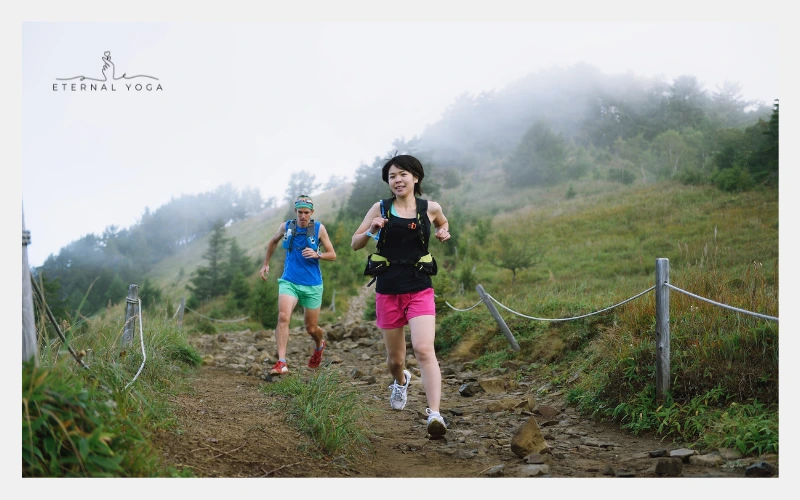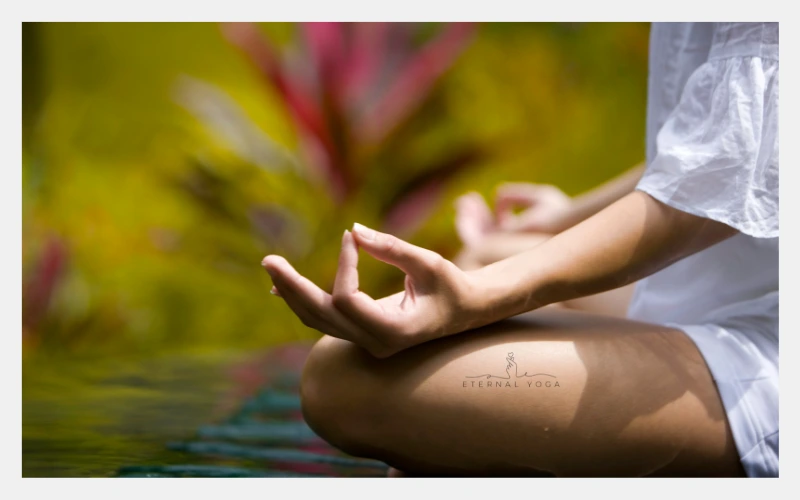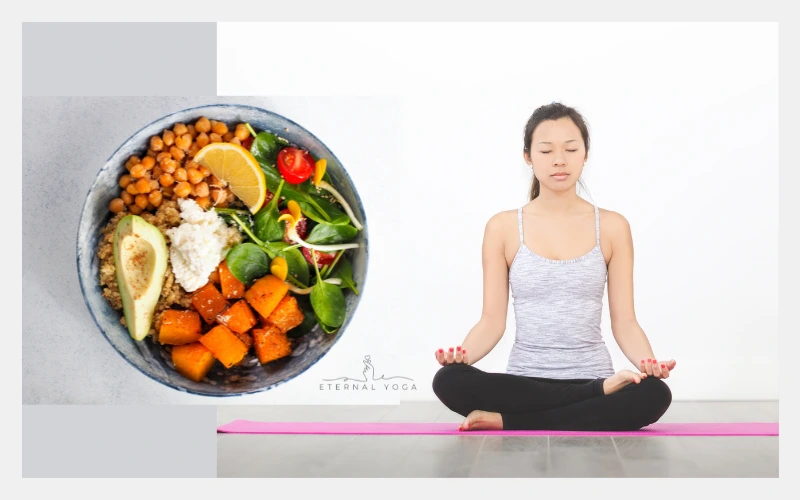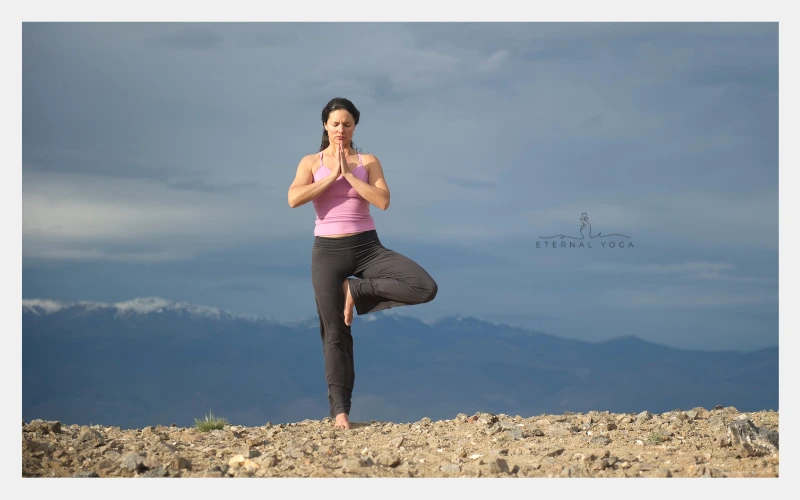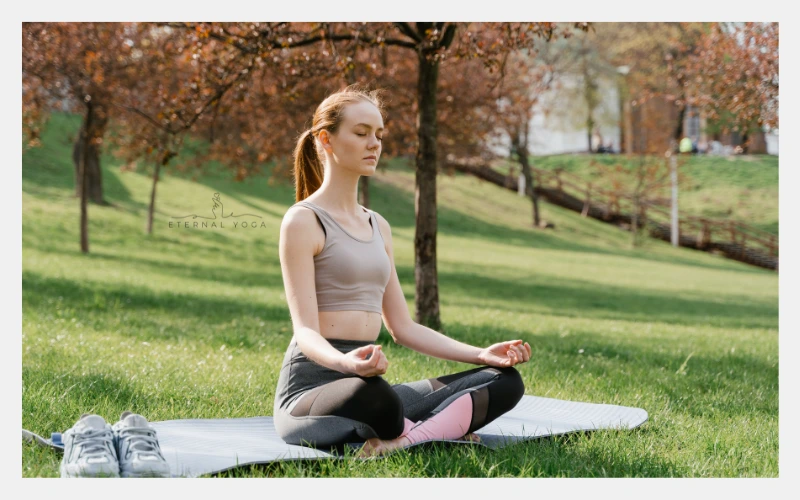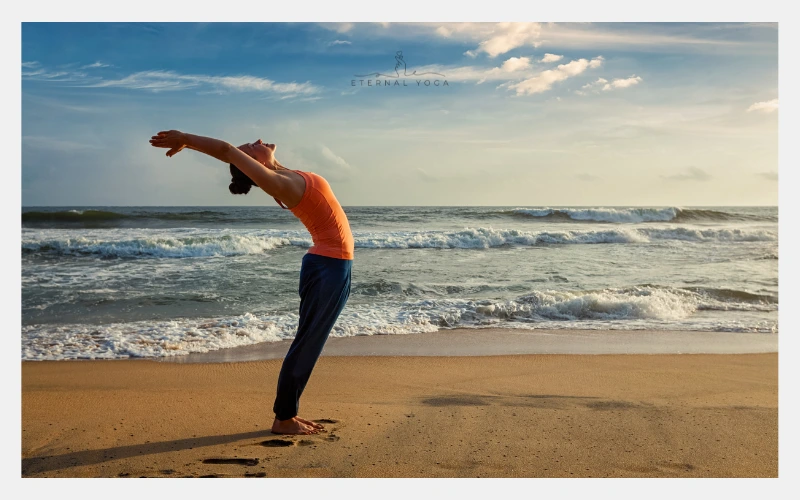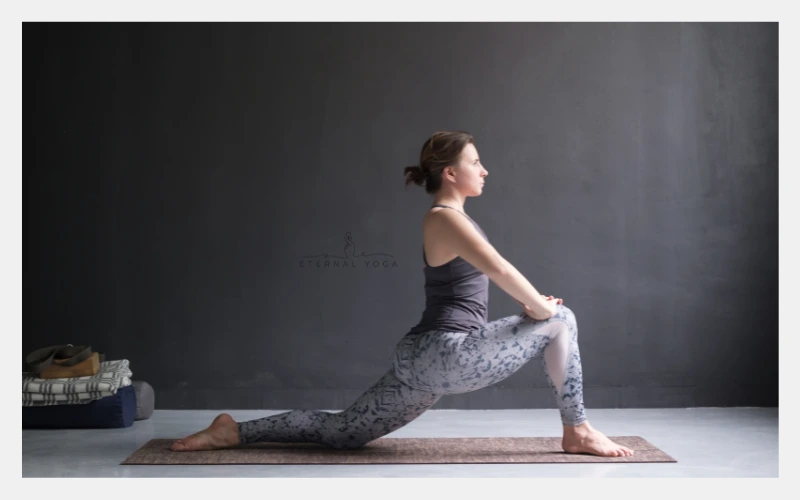Whether you’re a beginner or need to increase flexibility, these 10 easy yoga tips will help you safely and quickly improve your range of motion, without pain or strain.
Introduction: Flexibility Doesn’t Take Forever
Do you wake up feeling stiff in the morning or struggle to reach your toes? You’re not alone! Many people believe that gaining flexibility requires years of stretching, but with the right yoga tips, you can feel real results in just a few weeks.
I am Emily -Yoga Instructor. I am writing these Yoga Tips from my experiences.
Let’s get stretching!
10 East Yoga Tips
1. Start with a Warm-Up
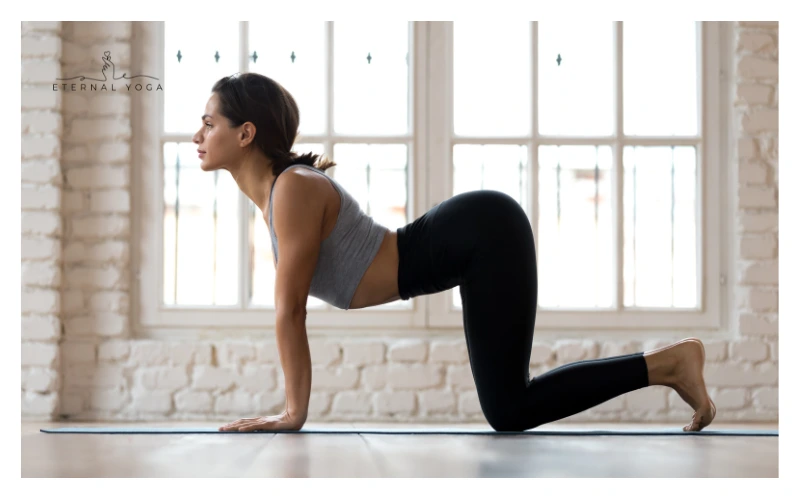
Why it’s important: Cold muscles tend to be stiff. Stretching without warming up increases your risk of injury and makes it more difficult to move deeper into a pose.
How to do it: Spend 5–10 minutes doing:
- Cat-Cow stretches
- Gentle twists
- Sun Salutations
A study from the American Council on Exercise showed that warming up improved hamstring flexibility by up to 20% compared to cold stretching.
2. Breathe Into the Stretch
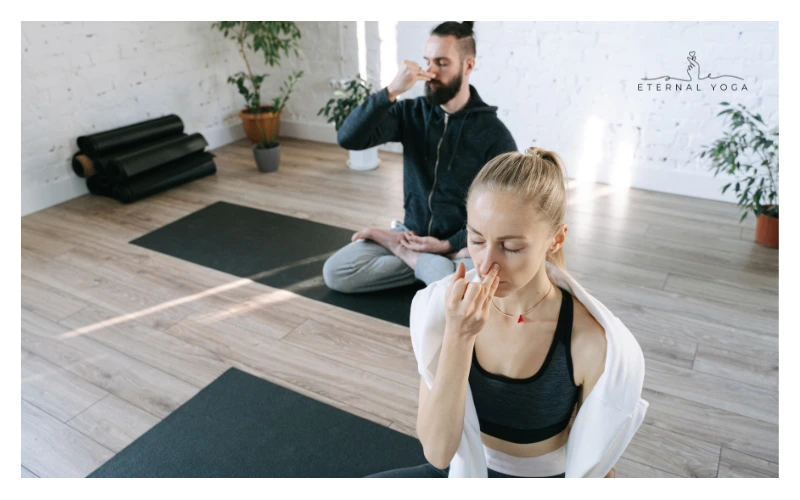
Why it matters: Your breath calms your nervous system and tells your body it’s safe to release tension.
How to do it:
- Inhale deeply as you lengthen your spine
- Exhale slowly to ease deeper into the stretch
Try 4-5 breath cycles per pose.
Yogis who practice controlled breathing (pranayama) during poses often report reduced muscle stiffness and anxiety, helping flexibility improve naturally.
3. Consistency Over Intensity
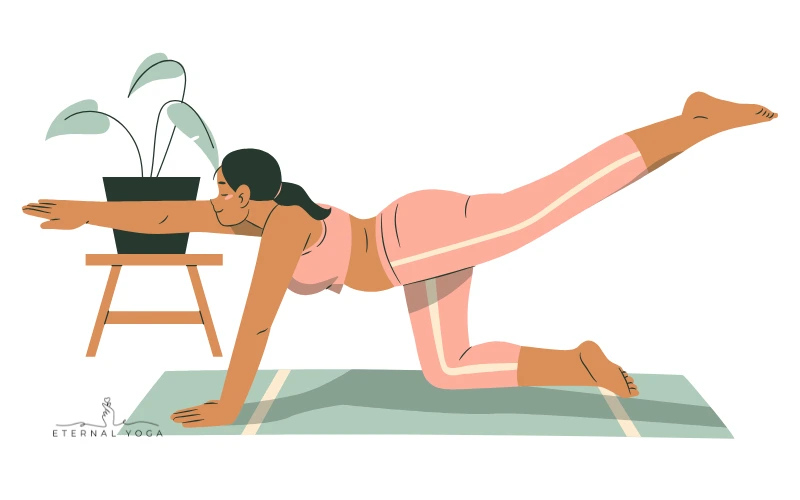
Why it’s important: Doing yoga every day for 10–15 minutes beats a single 1-hour session once a week. Your body responds better to consistent repetition.
How to do it:
- Add yoga to your morning or bedtime routine
- Choose short flows focused on flexibility
- Use the YouTube channel Eternal Yoga With Emily.
In a 4-week at-home yoga challenge, many practitioners report feeling 30–40% more mobile, especially in hamstrings and hips.
4. Target Tight Areas First
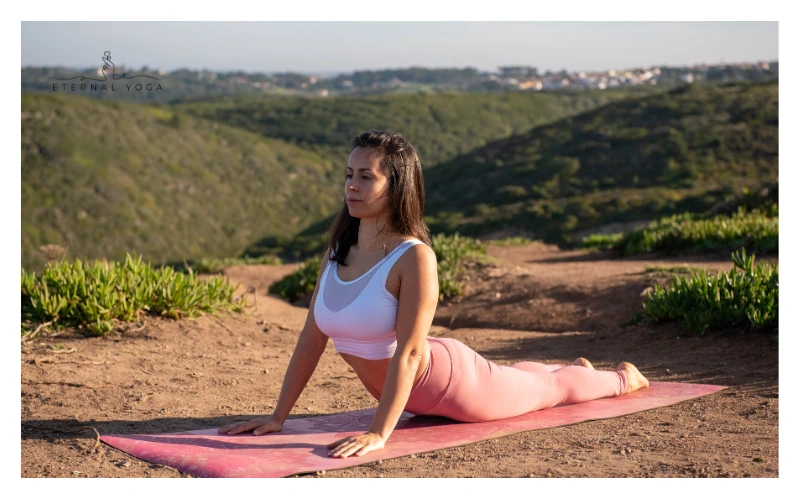
Why it matters: Everyone has different flexibility issues. Most people are tight in the hips, hamstrings, and shoulders from sitting all day.
How to do it:
- Try Pigeon Pose for the hips
- Downward Dog for hamstrings
- Thread-the-Needle for shoulders
Focusing on hips alone can help relieve lower back pain and improve posture, often within 7–10 days.
5. Hold Poses Longer
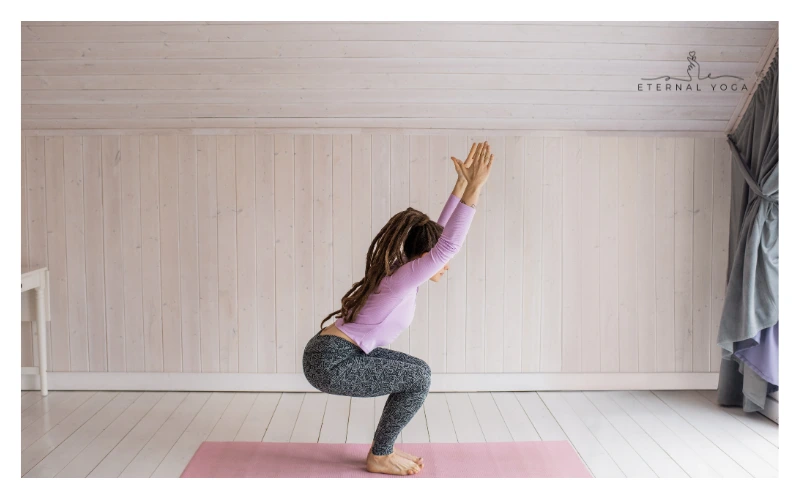
Why it’s important: Muscles need time under tension to lengthen. Short holds barely scratch the surface of your tight spots.
How to do it:
- Start with 30 seconds per pose
- Gradually increase to 60–90 seconds
- Use a timer or yoga video to guide you
Holding poses longer is a technique used in Yin Yoga. Practitioners often see dramatic gains in hip and spine flexibility within 3 weeks.
6. Use Props Without Shame
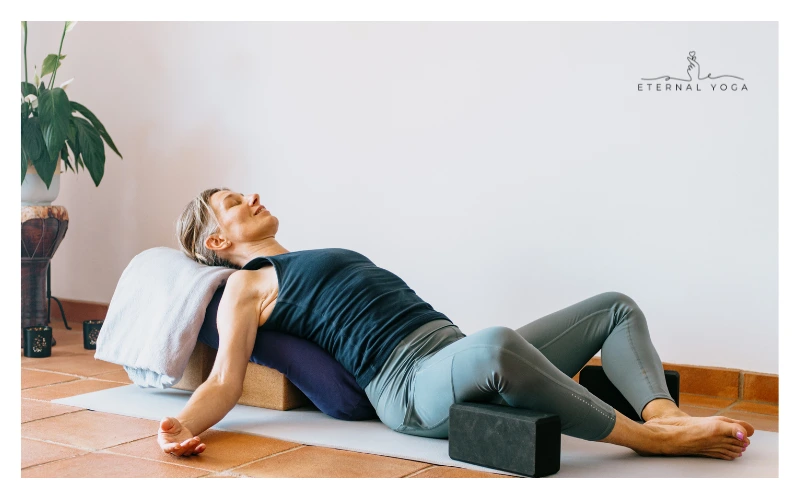
Why it matters: Blocks, straps, bolsters, and even pillows help you maintain correct alignment, prevent strain, and access deeper stretches.
How to do it:
- Use a strap in Seated Forward Fold if you can’t touch your toes
- Place a block under your hands in Triangle Pose
- Rest on a bolster in Butterfly Pose
Yoga students who use props consistently report improved confidence and faster progress, especially beginners and those over 40.
7. Stretch Both Sides Evenly
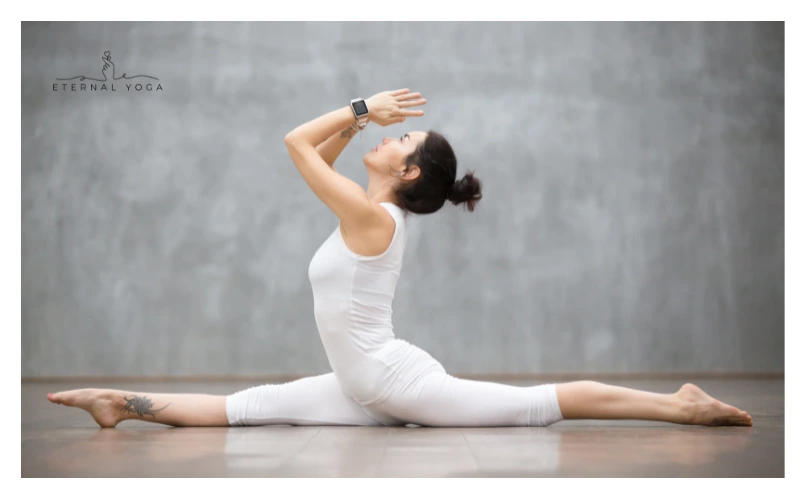
Why it matters: It’s common to favor one side (like your dominant leg or arm), which creates imbalances that can affect your spine and posture.
How to do it:
- Always repeat poses on both sides, even if one feels easier
- Spend extra time on the tighter side to bring it up to speed
A study on yoga and musculoskeletal health showed improved spinal alignment and muscle symmetry after just 3 weeks of balanced yoga practice.
8. Don’t Push Through Pain
Why it matters: Pain is your body’s way of saying “back off.” Flexibility takes time, and injury will set you back.
How to do it:
- Learn the difference between discomfort (good) and pain (bad)
- Ease into a stretch, never bounce
- Modify poses if needed
Yogis who prioritize safe, mindful movement report fewer injuries and longer-term gains in flexibility compared to those who force progress.
9. Stay Hydrated & Eat Clean
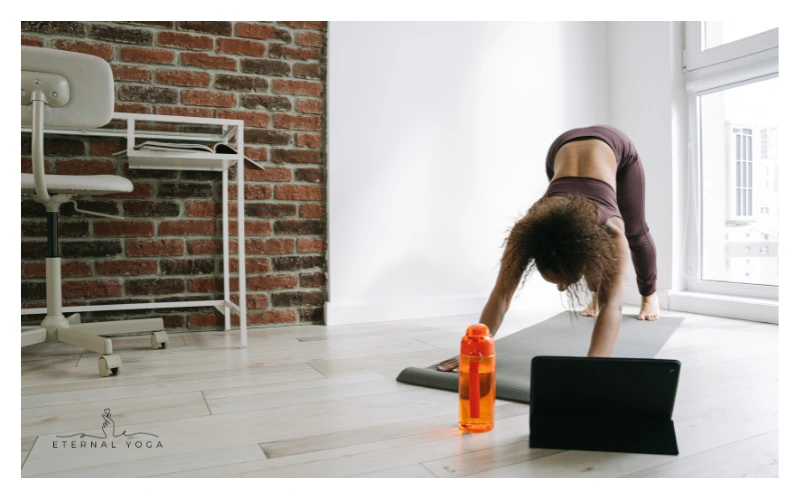
Why it matters: Dehydrated muscles are stiff and prone to cramping. Junk food creates inflammation, which limits your range of motion.
How to do it:
- Drink water before and after yoga
- Eat more leafy greens, berries, salmon, and nuts
- Avoid processed foods, sugar, and soda
Hydration and clean eating help maintain joint health and tissue elasticity. Many notice improved recovery and mobility in just 5–7 days of eating better.
10. End with Relaxation
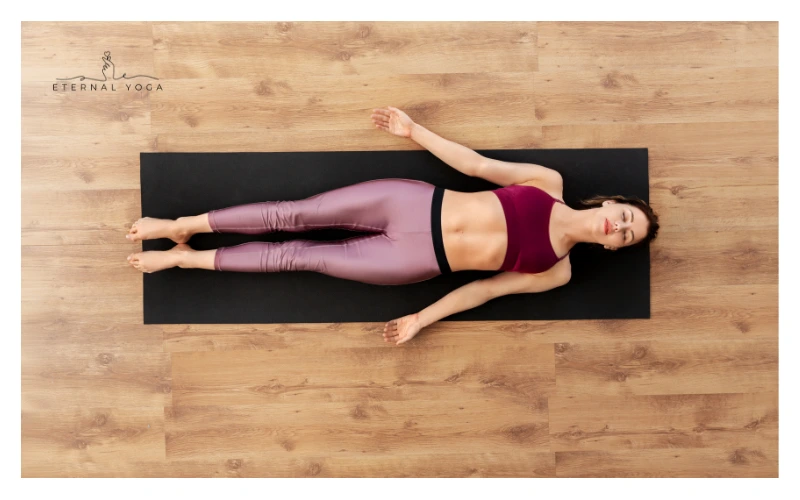
Why it matters: Stretching isn’t just physical, it’s mental. Savasana (Corpse Pose) or meditation at the end of your practice helps “lock in” your body’s gains.
How to do it:
- Lie flat on your back
- Close your eyes, breathe deeply for 3–5 minutes
- Let everything relax
Those who skip final relaxation often stay tense. Adding 5 minutes of Savasana helps muscles reset and enhances flexibility over time.
Final Thoughts on Yoga Tips
Faster flexibility is possible, but only if you listen to your body, stick to a routine, and use tools that will support your journey. Whether you want to deepen your backbends, loosen your hamstrings, or simply feel less stiff during the day, these tips will guide you there.
🧘♀️ Flexibility is not about the pose—it’s about progress.
Ready to stretch? Pick 3 of these yoga tips and start today!
Real People, Real Results
I analyzed these people who followed yoga tips and enhanced their yoga journey.
From a Busy Mom
“I started with just 10 minutes a day using basic yoga stretches. Within 3 weeks, I could touch my toes, something I hadn’t done in years!”
— Melissa R., 42, Ohio
From a Former Gym-Goer
“I used to lift weights but couldn’t even sit cross-legged comfortably. After adding yoga, my lower back pain vanished, and I feel way more mobile.”
— Brian K., 35, Texas
From a Senior Practitioner
“I’m 61, and I started yoga during the pandemic. Now I feel stronger, more flexible, and surprisingly younger. My knees don’t ache as much either.”
— Linda W., 61, Florida
From a Skeptical Beginner
“I thought yoga was too slow for me. But after 30 days of following a simple YouTube flow, I was shocked at how open my hamstrings felt. It’s a game changer.”
— James P., 28, California
From a Stressed-Out Office Worker
“Yoga became my 15-minute escape from my desk. Not only am I more flexible, but I’m less anxious and sleep better too.”
— Emily S., 31, New York
6 Unknown Yoga Facts
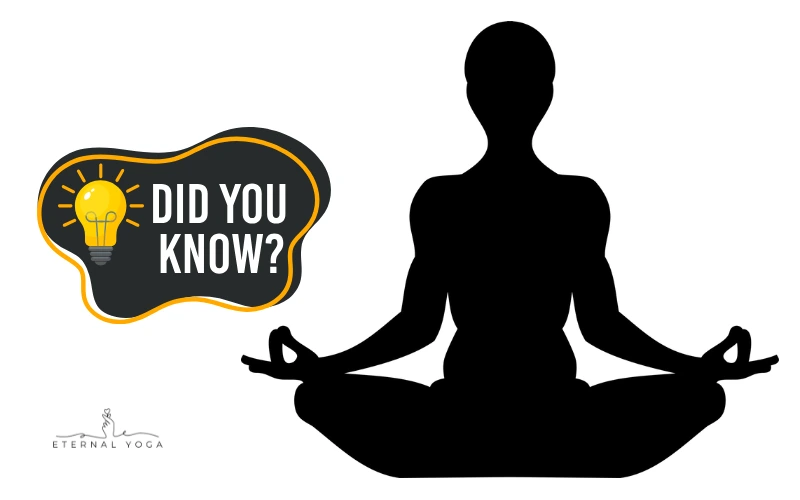
1. Yoga Can Increase Brain Size
A Harvard study found that regular yoga practice can increase the size of the hippocampus (associated with memory and learning). This means that yoga can also help increase mental clarity and slow down age-related cognitive decline.
2. Some Yoga Poses Help You Sleep Better Than Melatonin
Gentle postures like Legs-Up-the-Wall (Viparita Karani) and Reclined Butterfly activate the parasympathetic nervous system — your body’s natural “rest and digest” mode — making them more effective for sleep than supplements for many people.
3. Yoga Wasn’t Originally About Fitness
Ancient yoga (originating in India over 5,000 years ago) wasn’t about postures at all—it was a spiritual and meditative discipline focused on breathing, awareness, and enlightenment. The physical aspect (postures) became popular in the West in the last 100 years.
4. You Have Over 100 Muscles in Your Feet—and Yoga Works Them
Many yoga poses, such as Tree Pose or Warrior III, activate the muscles in your legs for balance and support. Most people never train these muscles, which is why yoga helps with posture and also prevents flat feet or foot pain.
5. Yoga Can Reverse Bone Loss
A 10-year study conducted by Dr. Loren Fishman demonstrated that practicing 12 specific yoga postures for just 12 minutes a day helped patients reverse osteoporosis and improve bone density without the need for medications.
6. Yoga Reduces Cortisol (Stress Hormone) Levels
High cortisol leads to belly fat, poor sleep, and anxiety. A regular yoga practice—especially slow flow, yin, or restorative yoga—can reduce cortisol levels by 30% in just 8 weeks.
If you want this type of yoga tips to Improve your flexibility and yoga journey please subscribe us below. Thanks for Reading.
Frequently Asked Questions (FAQs)
How long does it take to become flexible with yoga?
Most people notice improvements in flexibility within 2 to 4 weeks of consistent yoga practice, even with just 10–15 minutes a day. Results vary based on age, current flexibility, and how regularly you practice.
Can I do yoga even if I’m very stiff?
Absolutely! Yoga is perfect for people who feel stiff. Start with gentle poses and use props like blocks or straps.
What’s the best time to do yoga for flexibility?
Many practitioners prefer morning yoga to wake up the body or evening yoga to unwind and stretch tight muscles.
Do I need to be flexible to start yoga?
No! This is a common myth. Yoga is meant to help you become flexible, not the other way around.
Is yoga enough for full-body flexibility?
Yes. A well-rounded yoga routine covers hamstrings, hips, spine, shoulders, and calves. For even better results, combine it with proper hydration, sleep, and a balanced diet.

